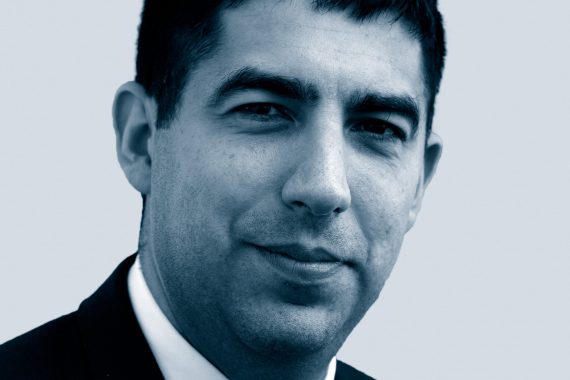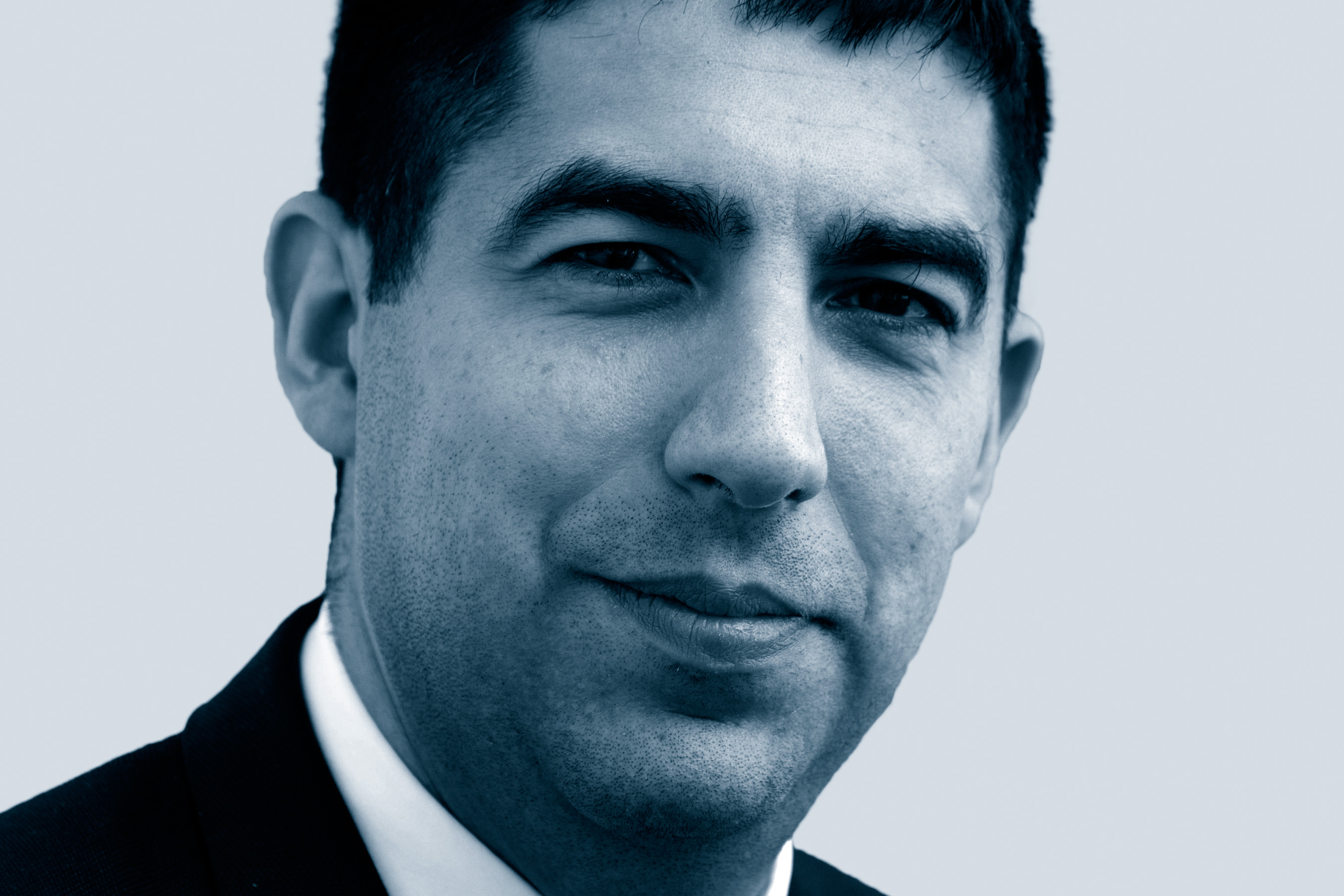It’s not just a lack of resources that puts young GPs off full-time roles


My grandfather Dr John Macfarlane was a GP in Derby in 1948. Like Dr Alun Evans, he was known and respected by his whole community. This came at a cost: my mum recounts acting as an out-of-hours receptionist at the tender age of 10, and – like Dr Evans’ family – of struggling to go on days out as they needed to stay close to the practice.
These days, it is a struggle to convince young GPs to stay in the profession, let alone become embedded in their local community. As the head of Health Education England pointed out last month, four in 10 newly qualified GPs are not working in full-time GP or long-term locum roles. At the same time, the proportion of GPs who are partners is decreasing every year.
These apparent commitment issues are a concern for a number of reasons. We obviously need more GPs in general to cope with patient demand. But we also need partners to run practices.
It’s received wisdom that the state of general practice is the main barrier to greater commitment. And this is undoubtedly a factor. It is not an attractive proposition for younger GPs to see their seniors burnt out and working 11-hour days.
We need bold ideas for a future in which most GPs may not be partners
Yet it’s not stopping F2 doctors from applying for GP training places. This year has seen a record number of filled positions.
It’s my belief that there is a deeper reason for new GPs shunning full-time roles and the decrease in the number of partners. It is a wider societal issue. This is not to jump on the ‘snowflake millennials’ bandwagon – young people work just as hard as their predecessors, often without the traditional reward of property ownership.
The truth is younger generations simply don’t want to stay in the same job for their whole working life and, in many cases, are looking for a more varied portfolio career, including working overseas. This trend is not limited to general practice – it’s evident to some extent across all professions.
The reasons behind this generational shift are too complex to explore here. But the NHS and general practice need to acknowledge it – and it has repercussions. This shift means that even a significant injection of resources into general practice – and it goes without saying that this is urgently needed – won’t necessarily lead to younger GPs taking on partnerships, or even full-time roles, straight after training.
Instead, we need bold ideas for the partnership model, which has been the driver for innovation in general practice. The profession must now innovate to develop the model itself for a future in which most GPs may not be partners.
How it could look is arguably the biggest question facing general practice. In Scotland, this work has already taken place, with the new contract removing partners’ liability for premises and staff. In England, Wessex LMCs chief executive Dr Nigel Watson is leading a review into the model, the outcome of which could well determine the future of the profession.
The days of the Dr Finlays, Macfarlanes and Evans are long gone – but an up-to-date partnership model can help their profession adapt to changing times.
Jaimie Kaffash is editor of Pulse. Follow him on Twitter @jkaffash or email him at [email protected]
Pulse July survey
Take our July 2025 survey to potentially win £1.000 worth of tokens












